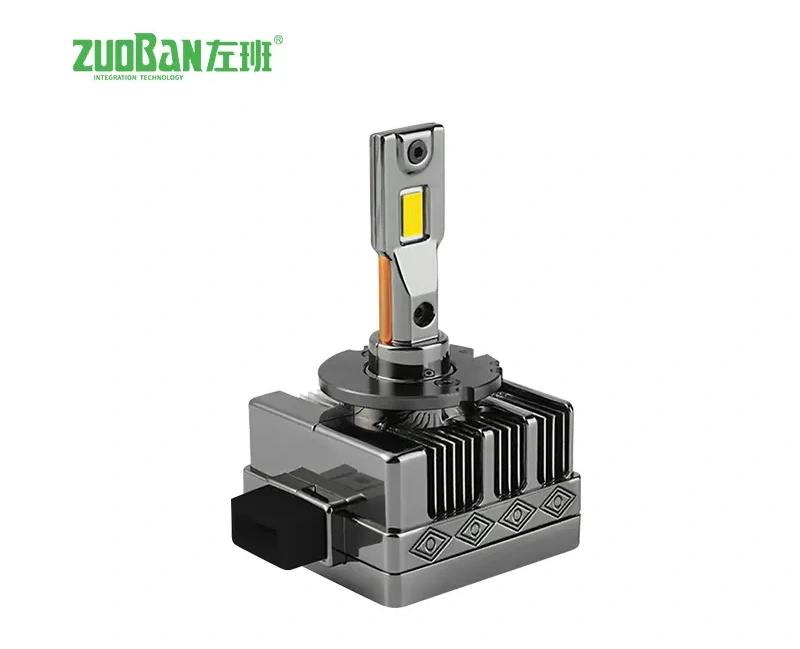The differences between Car Led Headlights and normal led lights
2025-05-07
The main differences between car LED headlights and normal LED lights (such as household or decorative LEDs) relate to their design, performance, and intended use. Here's a breakdown:
1. Purpose and Application
Car LED Headlights: Specifically engineered for vehicle lighting—providing high-intensity, focused beams for road visibility and safety.
Normal LED Lights: Designed for general lighting purposes in homes, offices, or decorations—brightness and beam direction are typically less focused.
2. Brightness and Beam Focus
Car LED Headlights: High lumen output (often 3,000–10,000+ lumens), with carefully controlled beam patterns to avoid blinding oncoming drivers.
Normal LEDs: Lower lumens (typically under 1,000), often diffuse light in all directions, not suitable for focused visibility.
3. Durability and Heat Management
Car LED Headlights: Built to withstand high temperatures, vibrations, and moisture. Often include heat sinks or cooling fans to manage heat.
Normal LEDs: Not designed for extreme conditions. Overheating or moisture exposure can easily damage them.

4. Power Requirements
Car LEDs: Operate on 12V DC (automotive standard), with electronics to regulate voltage and protect against fluctuations.
Household LEDs: Typically run on 120V or 240V AC, depending on your country’s grid, and are not compatible with car systems.
5. Legal Standards
Car Headlights: Must meet DOT/SAE or ECE regulations to be road legal. Beam patterns and intensity are regulated for safety.
Normal LEDs: No such strict regulations, as they're not intended for critical visibility or outdoor driving conditions.
6. Cost
Car LED Headlights: More expensive due to advanced optics, rugged design, and regulatory compliance.
Normal LEDs: Much cheaper, mass-produced for general use.
If you are interested in our products or have any questions, please feel free to contact us and we will reply you within 24 hours.


